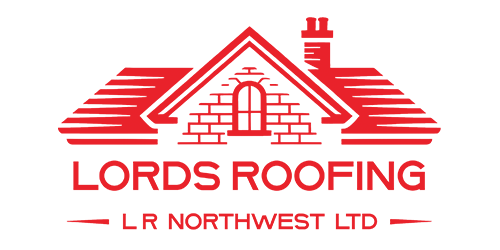Understanding Your Roof Truss: A Homeowner’s Guide to Structural Integrity
When you look at your home, you see the exterior—the tiles, the gutters, the flashing. But a truly healthy roof is about more than just what’s on the surface. Its strength and integrity depend on the hidden skeleton beneath: the roof truss.
At Lords Roofing, we believe in a holistic approach to roofing. We know that a problem with your roof’s tiles can be a symptom of a much deeper structural issue. That’s why a comprehensive inspection isn’t just about what’s on top—it’s about what’s underneath.
What Exactly is a Roof Truss?
Put simply, the roof truss is the engineered framework that supports your entire roof. Think of it as the triangular skeleton of your roof’s structure. Made up of interlocking timbers (called members), it’s designed to be incredibly strong and efficient at transferring the weight of the roofing materials, snow, and wind down to your home’s exterior walls.
Most modern homes built since the 1960s use prefabricated roof trusses, while older Victorian and Edwardian properties often have traditional, ‘cut’ roofs. Regardless of the type, its fundamental job is to provide stability and maintain the shape of your roof, allowing it to withstand the relentless Manchester weather.


Why a Roofer’s Inspection Goes Deeper
Many homeowners are surprised when we ask to inspect their loft or attic space. They assume the roof’s health can be assessed from the outside. However, the most critical signs of a problem often appear within the truss itself. Here’s what a professional roofer looks for:
-
Signs of Water Damage: Leaks, even minor ones, can be difficult to spot on the exterior. But once water penetrates, it can cause timbers in the truss to rot, mould, and weaken. We look for water stains, black mould, and a musty smell.
-
Cracked or Damaged Timbers: An inspection can reveal cracked, split, or broken timbers that have been damaged by stress, impact, or poor original installation. A single compromised member can undermine the entire structure.
-
DIY Modifications: Homeowners often unknowingly compromise the truss by cutting into it to make space for a loft conversion, a new window, or for running pipes and cables. An altered truss loses its engineered strength and can become dangerously unstable.
-
Pest Infestation: Woodworm, termites, and other pests can silently eat away at the timber, compromising its integrity from the inside out.
-
Truss Uplift: A phenomenon where a truss can lift slightly in the winter months due to thermal expansion and moisture changes. While not always a serious issue, it can cause cracks in the ceiling plaster below.
Common Warning Signs for Homeowners
While a professional roof inspection is the only way to be certain, there are some tell-tale signs that you can look for that may indicate a truss problem:
-
A Sagging or Bowing Roofline: This is the most obvious sign of a weakened truss. If you notice a dip in your roof, especially from a distance, it’s a clear indication that a structural member is failing.
-
Cracks in Internal Ceilings: Fine cracks running along the ceiling where the wall and ceiling meet can be a sign of a compromised truss that is moving under load.
-
Stuck Doors or Windows: If you have doors or windows that are suddenly difficult to open or close on your top floor, it may be due to the frame shifting as a result of structural movement in the roof.
-
Visible Water Stains or Mould in the Loft: A clear sign of an active or historical leak that is already causing damage to your roof’s structure.
The Dangers of a Damaged Truss
Ignoring signs of a truss problem is not an option. The consequences can be severe:
-
Risk of Roof Collapse: In the worst-case scenario, a critically damaged truss can lead to a partial or full roof collapse, a life-threatening and catastrophic event.
-
Further Water Damage: A sagging roof creates pockets for water to pool, which can lead to leaks and extensive damage to the roof deck, insulation, and the home’s interior.
-
Decreased Property Value: Structural damage is a major red flag for potential buyers and can significantly reduce your property’s value.
Conclusion
At Lords Roofing, our commitment to quality goes beyond a quick patch-up. Our comprehensive inspections include a detailed assessment of your roof’s entire system, from the tiles down to the timber truss. We believe in providing solutions that not only look great but also ensure the long-term safety and integrity of your Manchester home.
If you have any concerns about your roof’s structure, don’t wait for a small issue to become a major problem. Contact our team today for a professional, no-obligation inspection.


